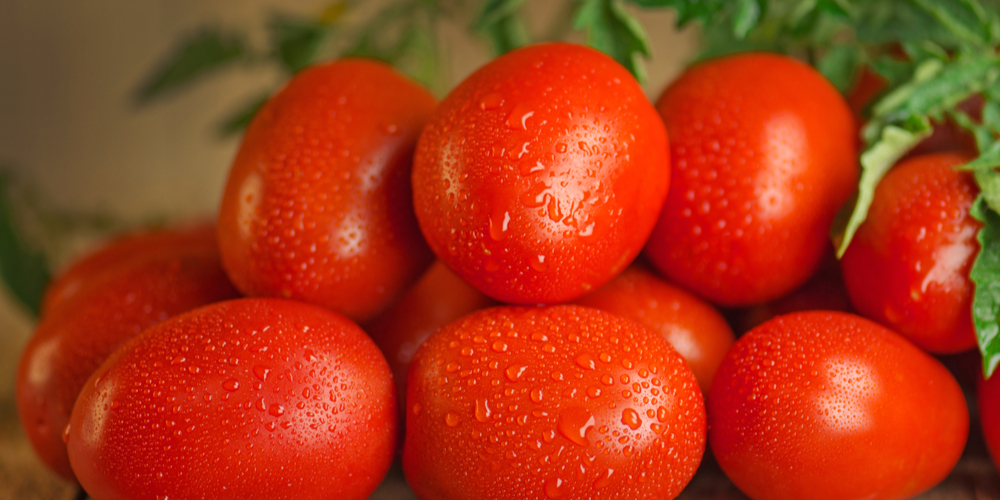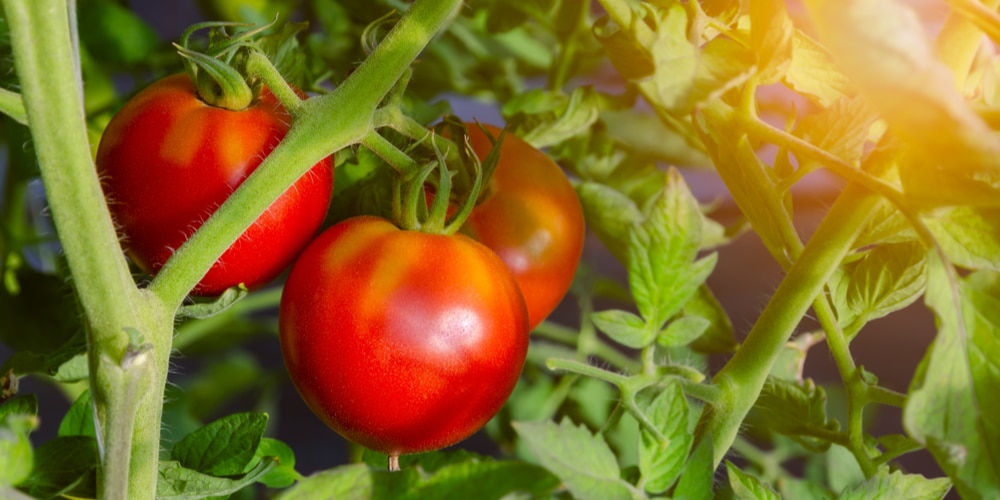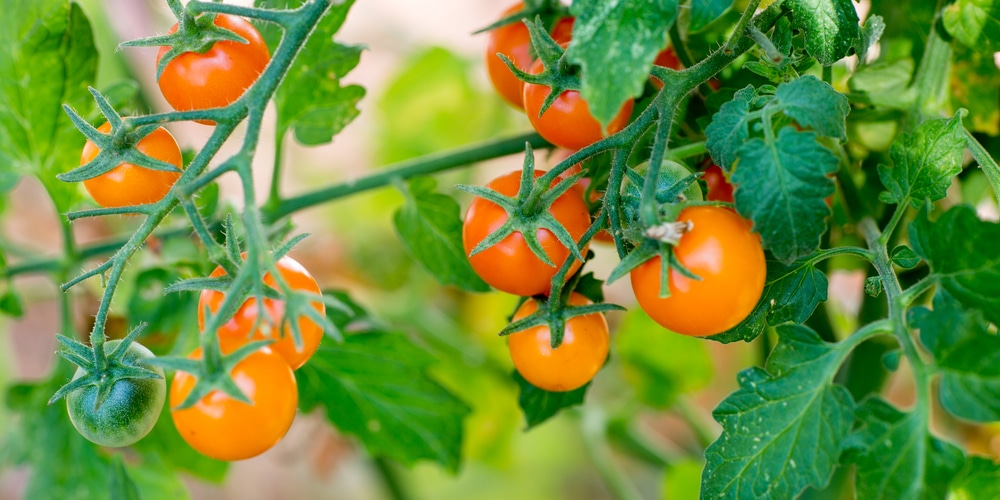If you are a beginner gardener, there is no better plant you should add to your yard than tomatoes. Everybody loves than and for reasons. These plants are relatively easy to grow and, provided that you give them what they need to thrive, will produce plenty of fruits that will make all of your efforts worthwhile. When to plant tomatoes in Pennsylvania?
Quick Answer:
…if you live in Pennsylvania, you must know that frosts are not uncommon in the spring in this state. The optimal conditions to plant tomatoes are when soil temperatures reach at least 60F, and there is no danger of freezing conditions.
These plants are versatile and productive (and a lot of fun to grow). But to make the most out of your tomato plants, you must know when to plant your seedlings. That is besides knowing where to plant them, how much to water them, and how to prevent diseases and attacks from pests.
And if you know something about gardening, you are probably familiar with USDA hardiness zones. Well, the best time of the year to plant tomatoes depends on where you live. Indeed, plants (and tomatoes in particular) are sensitive to changes in temperatures and have preferences about the conditions they live. If you live in Pennsylvania, you’ve landed in the right place.
In this “When to Plant Tomatoes in Pennsylvania” essential guide, we go over everything you must know to take care of these plants in this region.
When to Plant Tomatoes: Pennsylvania
Plant your tomatoes in the spring. Pennsylvania falls into USDA hardiness zones between 5 to 7, meaning that the state’s conditions vary slightly depending on which part of the region you live in. The state features a diverse landscape and geographic conditions that make it challenging to generalize. The southern parts of the state present a subtropical and humid climate with hot summers. The rest tends to have continental characteristics, with high humidity and relatively cold winters.
When planting tomatoes, temperatures are of the utmost importance. These plants don’t do well in sub-freezing conditions: they can kill young tomatoes. And if you live in Pennsylvania, you must know that frosts are not uncommon in the spring in this state. The optimal conditions to plant tomatoes are when soil temperatures reach at least 60F, and there is no danger of freezing conditions.
Frost dates vary, so we will only give you an indication of when to plant tomatoes in this region. Always check your local weather conditions and make suitable calculations to plant your seedlings at the correct time of the year. In general, night temperatures start to be safe (and frost-free) by late April. So, planting your tomatoes between late April and May is ideal. However, some high-altitude areas of the state might see frost as late as June. Don’t forget to double-check your local climate conditions before planting something outdoors.
But if you started your tomatoes before time, don’t worry: you can plant them in a container and carry them inside during colder nights. Also, the earlier you can start your plants, the longer the production season (so, the more tomatoes you’ll get). But planting your seedlings too early might damage them. To stay on the safe side, plant your tomatoes in May: it is usually your best option.
The weather can drastically change from one year to the next: don’t base all your decisions on climate predictions. Instead, take action according to the current local weather patterns.
Planting Tomatoes in Pennsylvania: Our Tips
Besides knowing when to plant your tomatoes, you should know which varieties work well for your region’s climate. Red Slicers, Saladette, and Heirloom tomatoes are excellent for Pennsylvania’s weather conditions.
You can either buy seeds or tomato seedlings. The first method takes more time, but it can make your plant more resistant. However, you’ll need to take proper care of your seeds. The plant can take up to 100 days to become ready for harvest. For quicker results, getting seedlings might be your best option.
Plant your tomatoes in a sunny location and ensure your soil is rich and well-draining. Consider adding mulch around your plant’s base and some organic fertilizer. Avoid products with too much nitrogen, as they might make your plant lush but inhibit fruit production. Depending on the variety you choose, you may plant your tomatoes in a container. Some plants work better than others in these kinds of settings.
Don’t forget that tomatoes need plenty of water to survive. But that doesn’t mean you should overdo it: plant them when you feel the soil is dry.
Related Article: How to Get Thick Stems on Tomato Plants?


